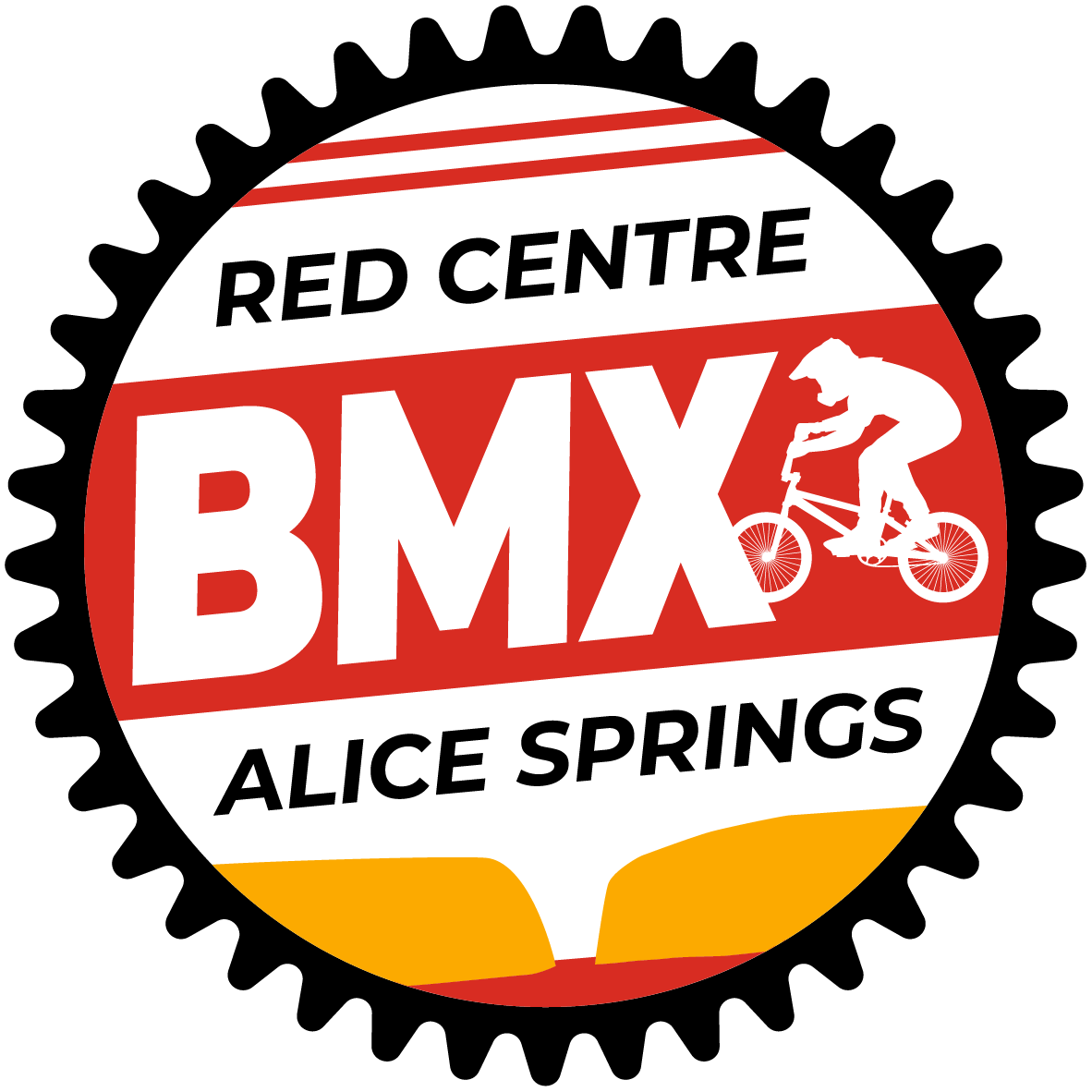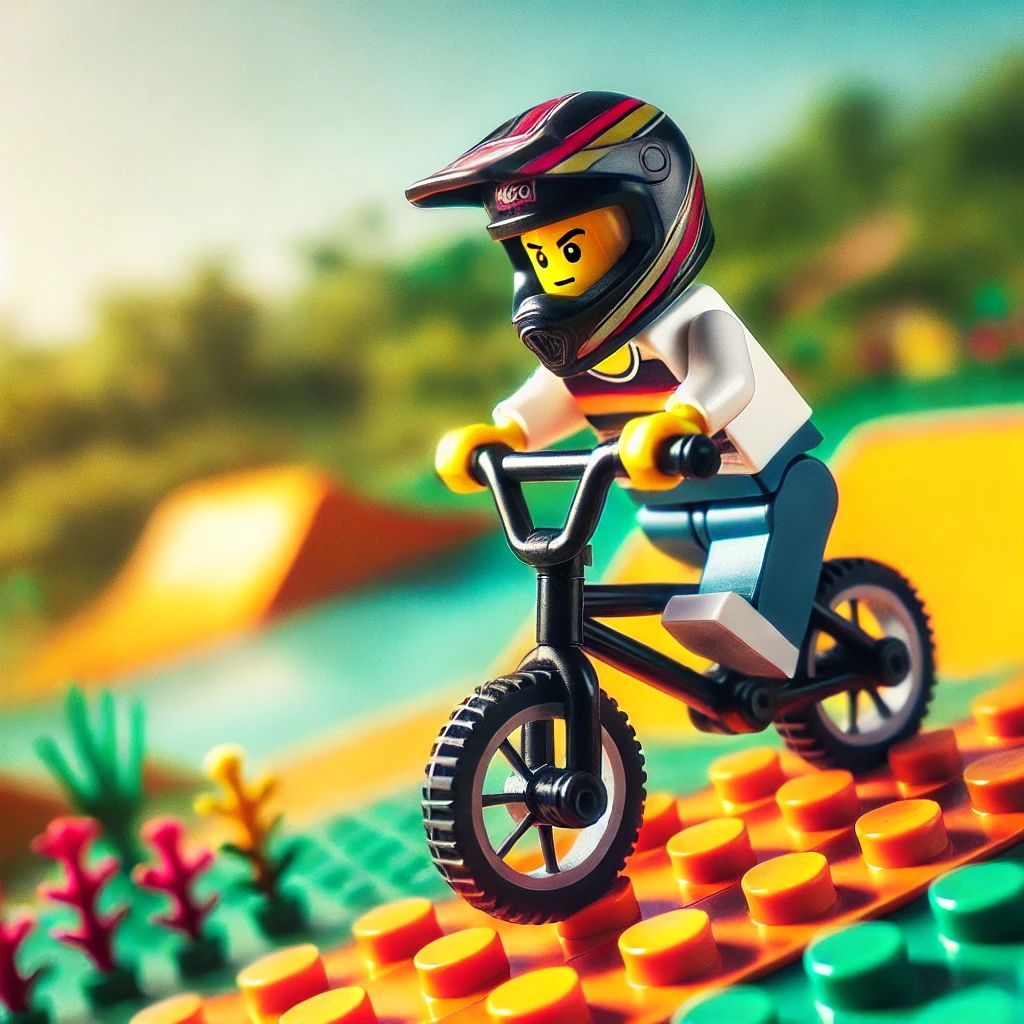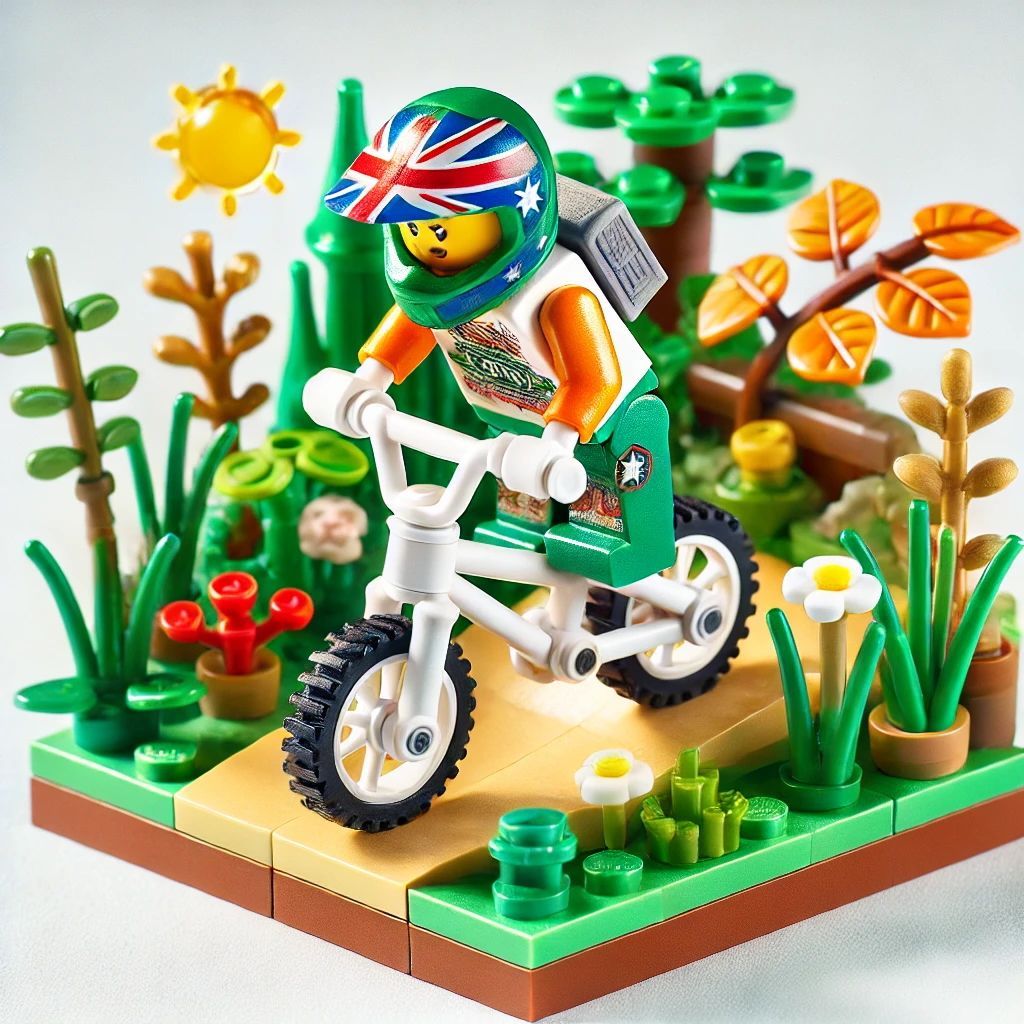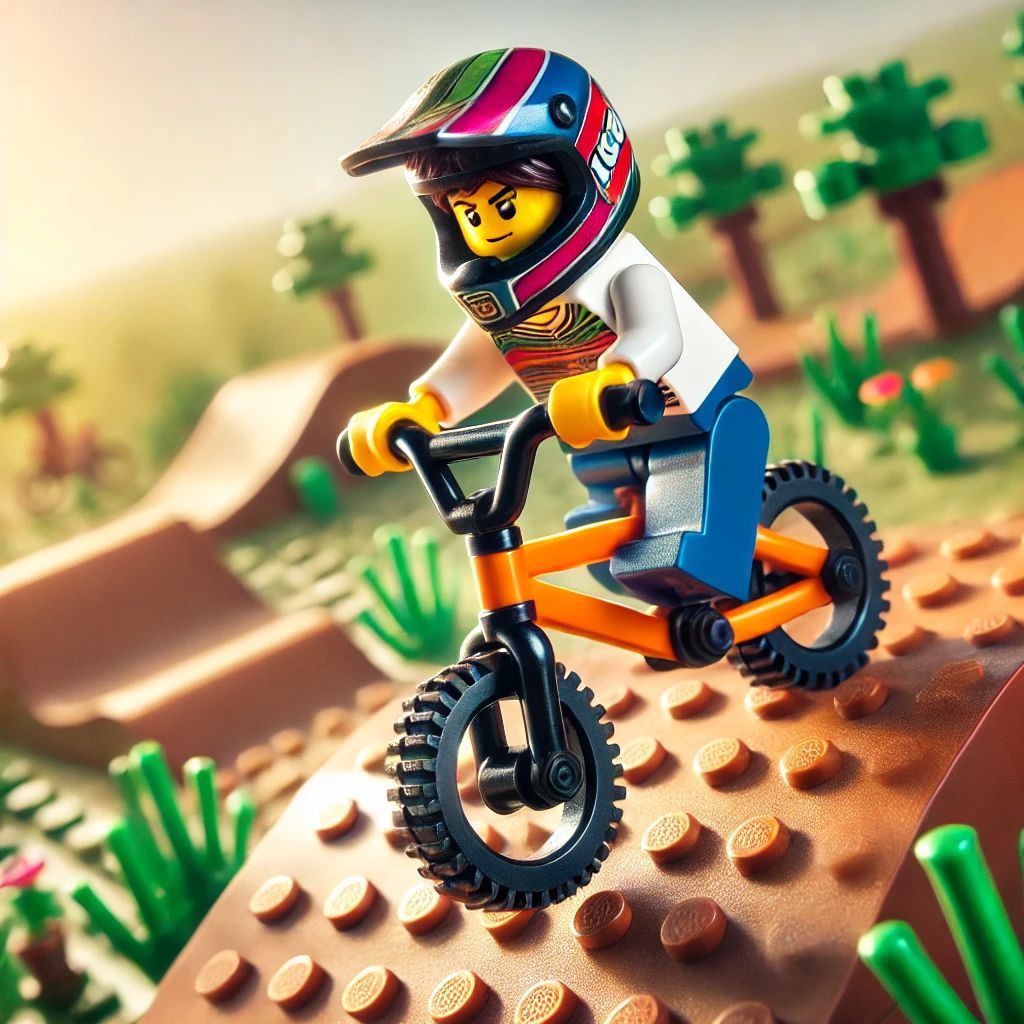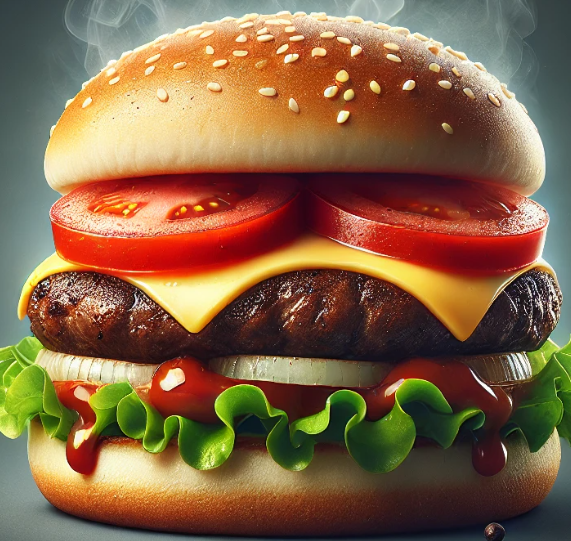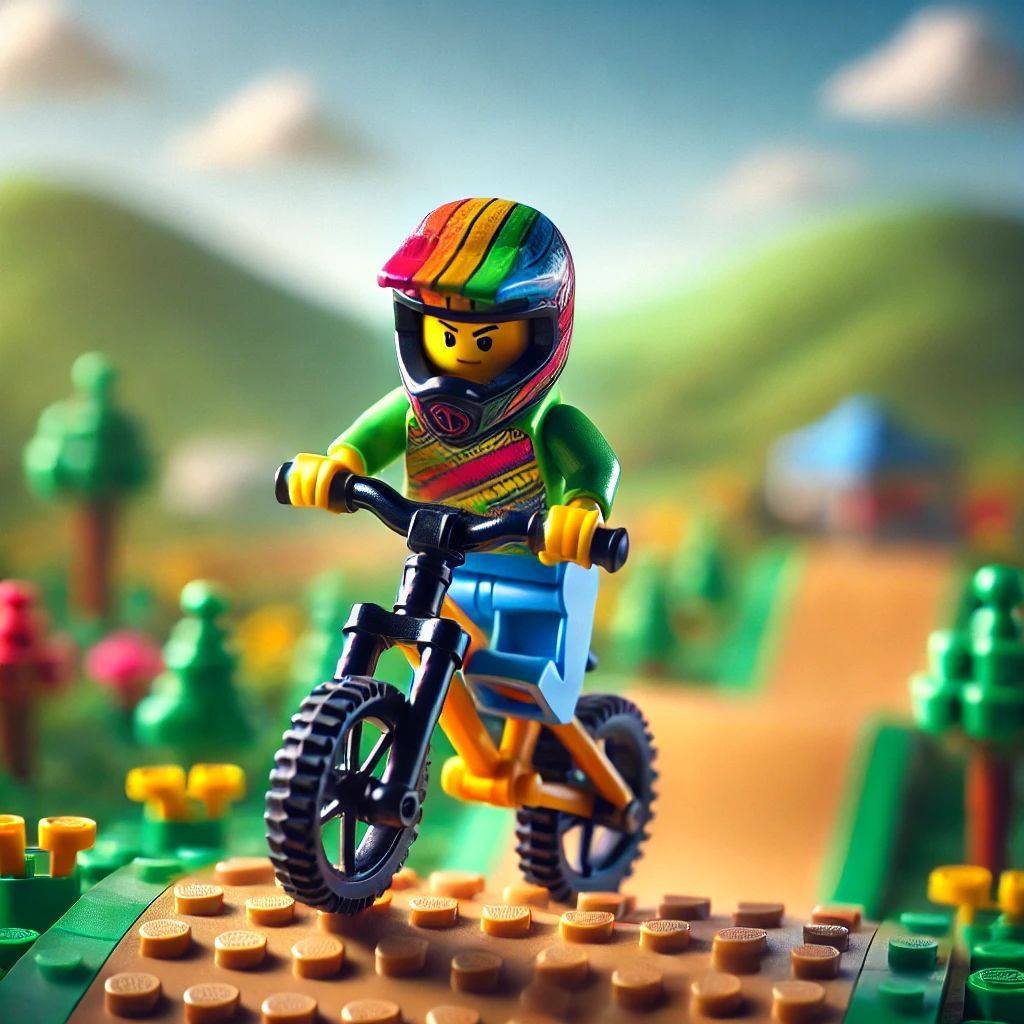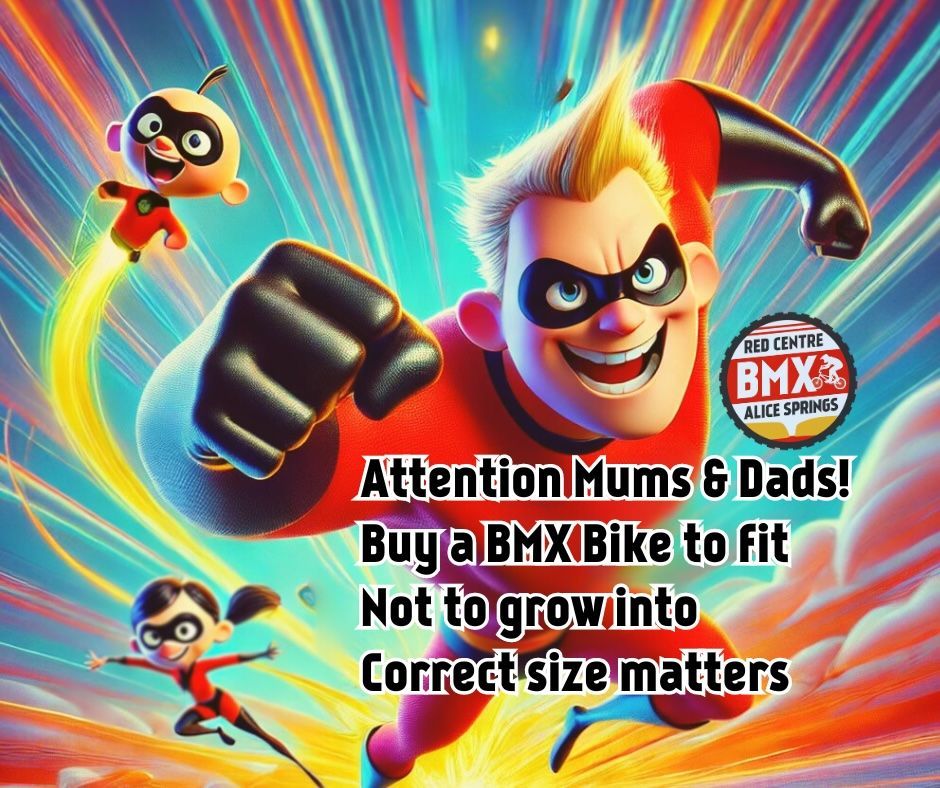Why Don’t We Have Knobbly Tyres Anymore, and Why Are Tyres Skinny?
What Changed in BMX Racing:
Why Don’t We Have Knobbly Tyres Anymore, and Why Are Tyres Skinny?
If you’re new to BMX racing or just getting back into it after some time away? You might have noticed something different about today’s bikes: the tyres.
Gone are the wide, knobbly tyres of BMX’s early days, replaced by much narrower, smoother ones. But why the change? What’s the deal with skinny tyres, and why did BMX riders stop using the knobbly ones?
A Look Back: The Era of Knobbly Tyres
When BMX first took off in the 1970s and 80s, knobbly tyres were the standard. These thick, rugged tyres were modelled after motocross bikes, which makes sense because BMX racing was inspired by motocross in many ways. The idea was simple: knobbly tyres provided traction on dirt, gravel, and other loose surfaces, giving riders better grip on rough terrain.
In the early days, BMX tracks were often made of looser, uneven dirt and gravel, which required those aggressive tread patterns to maintain control during races. Riders needed all the traction they could get when navigating unpredictable and bumpy tracks.
But BMX has evolved. So did the technology—and the tracks.
The Shift: Why Skinny Tyres Became Popular
As BMX tracks became more refined and well-maintained, the need for large, knobbly tyres began to diminish. Today’s BMX tracks are built with smoother, compacted dirt, and many incorporate asphalt or concrete sections for greater speed and consistency. These changes in track design paved the way for a shift in tyre technology. Enter: skinny, smoother tyres.
Here are a few key reasons why BMX tyres became skinnier and lost their knobbly texture:
1. Speed is King
BMX racing is all about speed. Knobbly tyres may have provided better traction on loose dirt, but they created a lot of rolling resistance on smooth surfaces. Rolling resistance refers to the friction between the tyre and the ground, which slows you down. Knobbly tyres had lots of tiny bumps that gripped the dirt but also slowed you down when the surface didn’t need that much traction.
Skinny tyres, with smoother surfaces, reduce this friction. They glide more easily over hard-packed dirt and asphalt, allowing riders to go faster with less effort. Less resistance means more speed, and in BMX racing, every fraction of a second counts.
2. Better Track Conditions
In the early days of BMX, tracks were often rough and inconsistent. Today’s tracks, however, are meticulously groomed and maintained. With smoother, more predictable surfaces, riders no longer need bulky tyres with deep tread patterns to stay in control.
BMX track surfaces are compacted and designed to offer excellent grip even with slick tyres, so the need for knobbly tyres has greatly diminished. Skinny tyres are now ideal for the controlled, smooth environments that most BMX tracks provide.
3. Precision and Manoeuvrability
Another reason skinny tyres have taken over BMX racing is that they offer better precision and handling. With less tyre contact on the ground, skinny tyres allow riders to make quicker, sharper movements. In a sport where split-second decisions can make the difference between winning and losing, this precision is critical.
BMX racing requires a lot of quick turns and sudden direction changes, especially in the tight corners known as berms. Skinny tyres give riders the agility they need to make these moves without losing speed or stability.
4. Weight Matters
In competitive racing, every bit of weight on the bike matters. Skinny tyres are significantly lighter than their knobbly counterparts. This means less rotating weight on your wheels, which translates to faster acceleration. BMX races are often won or lost in the first few seconds, so having lighter, skinnier tyres can give you the quick start you need off the gate.
5. Versatility
While knobbly tyres were great for traditional dirt tracks, they weren’t very versatile. BMX racing now incorporates a variety of surfaces—dirt, concrete, asphalt and skinny, smooth tyres perform well across all of these. Riders no longer have to worry about changing tyres depending on the track. Skinny tyres provide a good balance of speed and grip for all conditions, making them a versatile choice for modern BMX racing.
Why Don’t We Use Knobbly Tyres Anymore?
In short, knobbly tyres are a relic of an older time when BMX tracks were rougher and less predictable. With today’s high-performance tracks and the push for greater speed, knobbly tyres simply don’t offer the same advantages they once did. Instead, the smoother, skinnier tyres deliver better performance for modern BMX racers who need speed, precision, and agility.
Choosing the Right Tyres Today
If you’re just starting out or looking to upgrade your bike, it’s important to consider the type of track you’ll be riding on. For most modern BMX tracks, a set of high-quality, skinny tyres with a smooth or semi-slick tread pattern is the way to go. These tyres will give you the speed and control you need to race your best.
If you’re riding on particularly rough or loose dirt tracks, you might still see some benefit from tyres with a little more tread. But overall, the BMX community has moved toward tyres that favour speed and agility over grip, thanks to the advancements in track design and construction.
Conclusion: The Evolution of BMX Racing Tyres
BMX racing has come a long way from its early days, and so has the technology behind the bikes and tyres. As tracks became smoother and riders demanded more speed and agility, knobbly tyres fell out of favour, replaced by skinny, sleek tyres designed for modern racing conditions. These tyres not only help riders go faster but also give them more control, allowing for sharper turns, better acceleration, and an overall improved racing experience.
So the next time you’re at the track, take a look at the tyres on your competitors’ bikes. Chances are, they’re rocking the skinny, slick style that’s become the gold standard in BMX racing. And now you know why.

